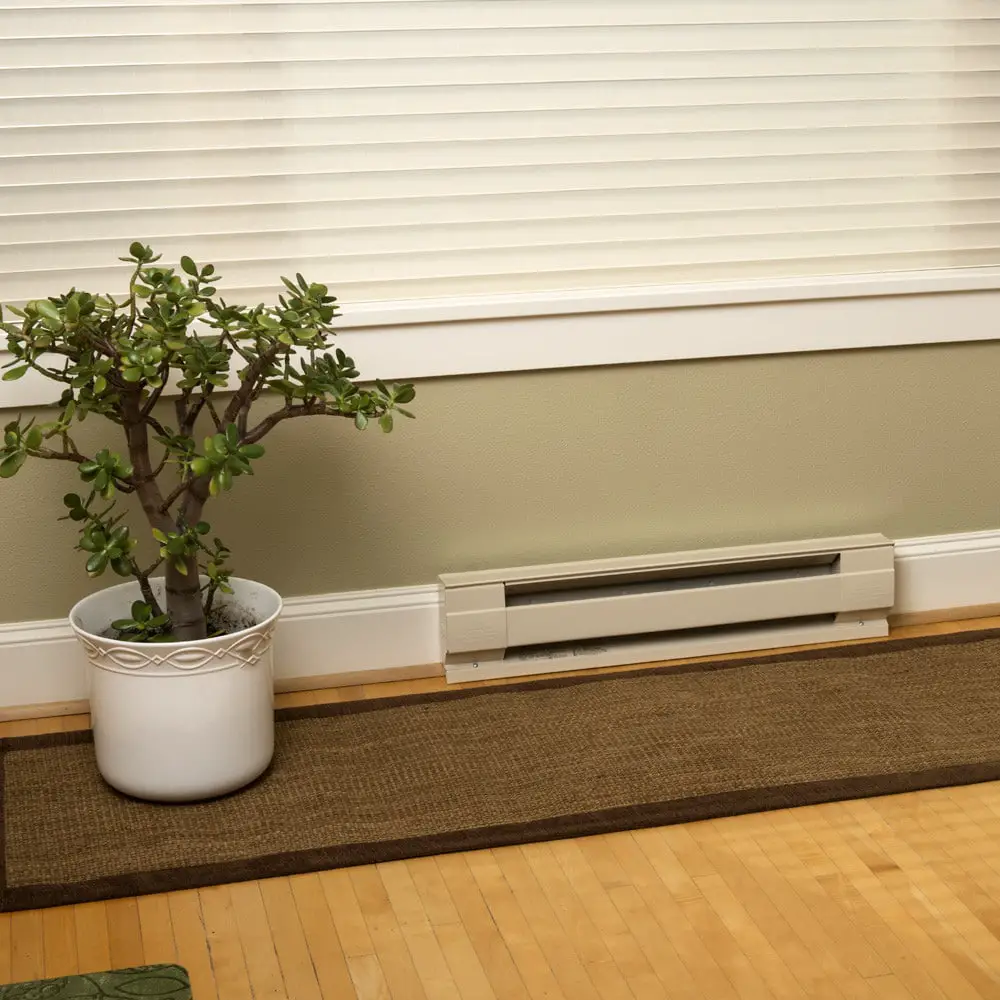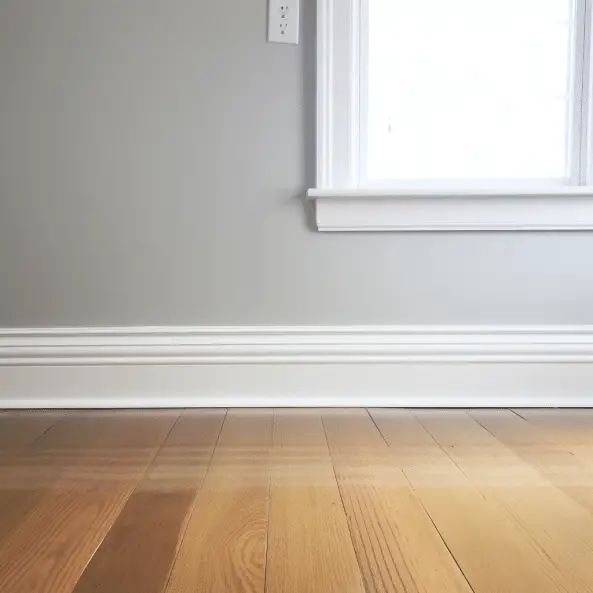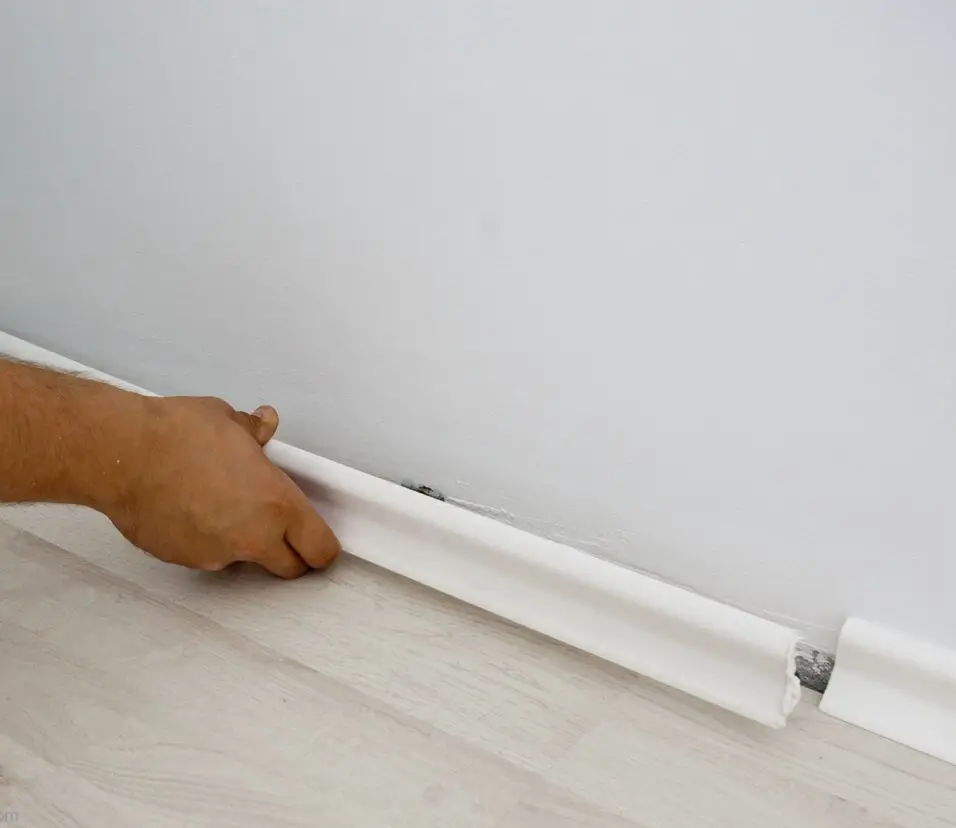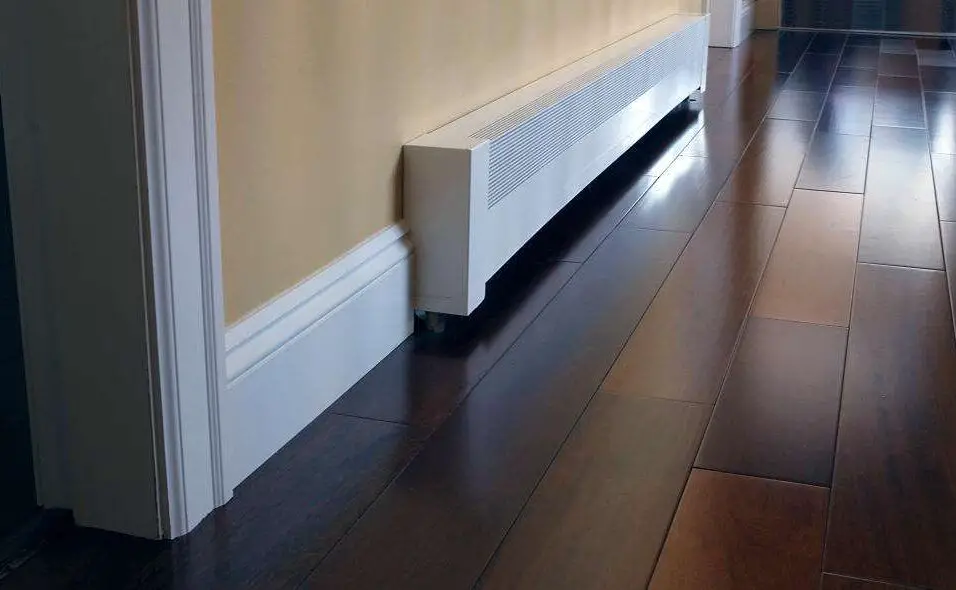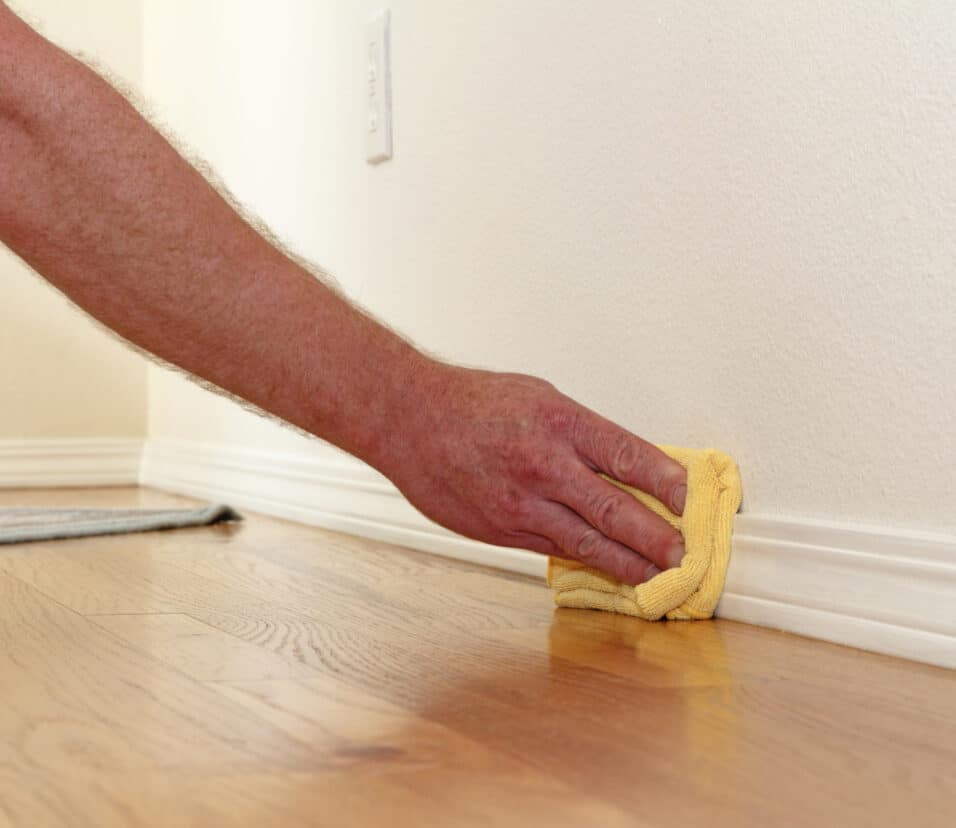Where Is The Fuse In An Electric Baseboard Heater
Introduction
Where Is The Fuse In An Electric Baseboard Heater: An electric baseboard heater is a common heating device used in many homes and buildings. It is a type of electric heater that is installed along the baseboard of a room and provides heat through convection. These heaters are popular because they are easy to install, cost-effective, and provide efficient heating. However, like any electrical device, baseboard heaters can sometimes experience issues or malfunctions. One common problem that homeowners may encounter is a blown fuse in the heater.
The fuse in an electric baseboard heater is a safety device that is designed to protect the heater from electrical overload. It is located inside the heater and is responsible for cutting off the electrical supply to the heater if it detects a surge in current. This helps to prevent damage to the heater and reduce the risk of electrical fires. If the fuse in your baseboard heater blows, it will need to be replaced in order for the heater to function properly again.
So, where exactly is the fuse located in an electric baseboard heater? The location of the fuse can vary depending on the make and model of the heater, but it is typically found inside the heater’s control panel. The control panel is usually located at one end of the heater and can be accessed by removing a cover or panel. Once the control panel is open, you should be able to see the fuse. It is a small, cylindrical device that is usually made of glass or ceramic and has metal ends
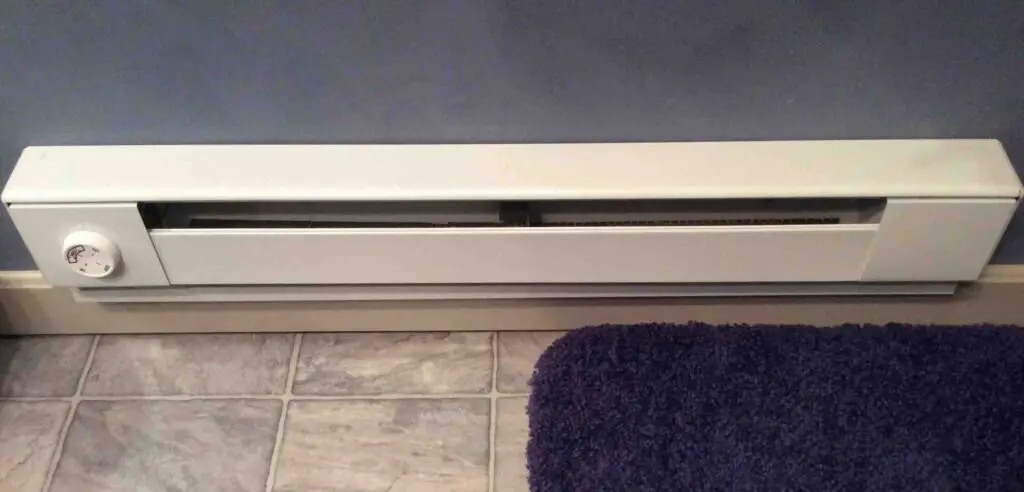
Why do you need baseboards?
They are put in place to protect the drywall from absorbing anything that may spill on the floor. They also serve as a stopgap between dirt or debris on the floor and the drywall itself. The most common baseboard styles include: Traditional baseboards.
Baseboards are an essential component of any interior design project. They serve both functional and aesthetic purposes, making them a necessary addition to any room. Whether you are renovating your home or building a new one, baseboards play a crucial role in completing the overall look and feel of your space.
Firstly, baseboards provide protection to your walls. They act as a barrier between the wall and the floor, preventing any damage that may occur from furniture, vacuum cleaners, or other household activities. Without baseboards, your walls would be vulnerable to scratches, dents, and scuff marks, which can be costly to repair. Baseboards also help to conceal any imperfections or gaps between the wall and the floor, creating a seamless and polished appearance.
Secondly, baseboards add a decorative element to your space. They come in a variety of styles, sizes, and finishes, allowing you to choose the perfect baseboard to complement your interior design. Whether you prefer a traditional, ornate baseboard or a modern, minimalist one, there is a baseboard option to suit every taste and style. Baseboards can be painted to match your walls or contrast with them, adding visual interest and enhancing the overall aesthetic of your room.
Additionally, baseboards can help to define the architectural style of your space. Baseboards are a necessary component of any interior design project.
Can you go without baseboards?
Opting to not have any baseboards will keep your design simple and modern. The only downside is a loss of protection for your walls from brooms and vacuums. Baseboards are a common feature in many homes, serving both functional and aesthetic purposes. They are typically installed at the bottom of walls to cover the joint between the wall and the floor. Additionally, they can add a finishing touch to a room, enhancing its overall appearance.
Another reason why someone may choose to forgo baseboards is to save on costs. Baseboards can be an additional expense during the construction or renovation process, especially if high-quality materials are used. By eliminating baseboards, homeowners can allocate their budget towards other aspects of the project, such as flooring or furniture.
It is important to note that going without baseboards may have some drawbacks. For example, the edges of the walls may become chipped or scuffed from everyday wear and tear. Additionally, without baseboards, it may be more challenging to conceal electrical wiring or other utilities that may run along the base of the walls. While baseboards serve important functions in most homes, there are situations where going without them can be a viable option. Ultimately, the choice to go without baseboards will depend on individual preferences and the specific needs of the space.
What is used for baseboards?
Prepainted baseboards can be made from a single piece or finger jointed wood, often softwoods, while hardwoods are either lacquered, or raw for staining and made from a single piece of wood. Tiles can also be used as a baseboard. Heaters are sometimes installed in place of or in front of baseboards.
Baseboards are an essential component of interior design and serve both functional and aesthetic purposes. Baseboards also protect the walls from damage caused by furniture, vacuum cleaners, and other household items. There are several materials commonly used for baseboards, each with its own advantages and disadvantages.
One of the most popular materials for baseboards is wood. Wood baseboards are versatile and can be stained or painted to match any decor. They are available in various styles and sizes, allowing homeowners to choose the perfect baseboard for their space. Wood baseboards are durable and can withstand everyday wear and tear. However, they may be more expensive than other materials and require regular maintenance to keep them looking their best.
Baseboards are an important element of interior design and serve both functional and aesthetic purposes. Wood, MDF, and PVC are commonly used materials for baseboards, each with its own advantages and disadvantages. The choice of material will depend on factors such as budget, style preference, and the specific needs of the space.
What is the difference between baseboard and trim?
Baseboard is the wood (or other material) board that runs between the floor and the wall. It usually is between 3”-8” and comes in a variety of materials and profiles. Trim is a broad term that encompasses baseboard and other trim throughout the home.
Baseboard and trim are two terms that are often used interchangeably when referring to the decorative elements that are installed along the bottom of walls. However, there are some key differences between the two.
Baseboard, also known as base molding or skirting board, is a type of trim that is installed at the bottom of walls where they meet the floor. Its primary purpose is to cover the joint between the wall and the floor, providing a finished look. Baseboards can be made from a variety of materials, including wood, MDF, and PVC. They come in different styles and sizes, allowing homeowners to choose the one that best matches their interior design.
Trim, on the other hand, refers to the decorative elements that are installed around doors, windows, and other openings in a room. It is used to enhance the appearance of these areas and create a more polished look. Trim can be made from the same materials as baseboards and comes in various styles and sizes. It can include features such as crown molding, chair rails, and wainscoting.
The Difference Between Baseboard and Trim, for Finish Carpentry:
While both baseboard and trim serve a decorative purpose, they have different functions and locations within a room. Baseboards are typically installed at the bottom of walls, while trim is used around openings. Baseboards are designed to cover the joint between the wall and the floor, while trim is used to enhance the appearance of doors, windows, and other architectural features.
In summary, baseboard and trim are similar in that they are both decorative elements installed along the bottom of walls. However, baseboard specifically refers to the molding that covers the joint between the wall and the floor, while trim encompasses the decorative elements used around openings in a room. Understanding the difference between the two can help homeowners choose the right elements to enhance the appearance of their space.
What is the difference between baseboard and moulding
You can add crown molding to the top of walls, cabinets, and even columns to make them look nicer. It often brings in design features from other parts of the room. Baseboard, which is at the bottom of the wall, is also an artistic piece. It goes over the spot where the floor and wall meet.
Molding and baseboard are words that are often used to refer to the same thing in inside design and home repair. But there are some important differences between the two that you should know about if you want to make smart choices about how your home looks and works.
To sum up, the main difference between baseboard and molding is what they are used for and where they are put. Baseboards are mostly useful because they keep the wall from getting damaged and give the bottom of the wall a finished look. Molding, on the other hand, is just for looks and can be found all over a house to improve its style and personality. Baseboard and molding can work together to make any room look nice and put together.
A fairly easy task is to find the switch in an electric baseboard heater. Before you do anything else, make sure the heater is off and unplugged to avoid any electrical risks. Next, look for the heater’s entry panel. You can unscrew or unlatch this panel to take it off. It’s usually on the front or side of the unit.
After taking off the access door, you should be able to see what’s inside the heater. Find a small, rectangular part that looks like a small circuit board. That’s the spark. Most of the time, it’s close to the heater’s power source or control board.
What is the typical location of the fuse in an electric baseboard heater?
The fuse in an electric baseboard heater is typically located near the power supply or control panel of the unit. It is important to note that the exact location may vary depending on the specific model and manufacturer of the heater. However, in most cases, you can find the fuse by following these general steps:
First, locate the power supply or control panel of the baseboard heater. This is usually located on one end of the unit or on the wall nearby. Look for any access panels or covers that may be hiding the fuse. These panels are often secured with screws or clips that can be easily removed with a screwdriver or pliers.
Once you have removed the access panel, visually inspect the area for a small, rectangular component. This is the fuse. It is typically made of glass or ceramic and may have a metal filament inside. If you are unsure whether you have found the fuse, consult the owner’s manual or contact the manufacturer for further guidance.
Are there any specific steps to follow in order to find the fuse in an electric baseboard heater?
When trying to locate the fuse in an electric baseboard heater, there are a few specific steps you can follow to make the process easier. First, ensure that the heater is turned off and unplugged to avoid any potential electrical hazards. Next, locate the control panel or access panel on the heater. This panel is typically located on the front or side of the unit.
Once you have found the control panel, carefully remove the screws or fasteners that are holding it in place. Use a screwdriver or a wrench, depending on the type of fasteners used. After removing the panel, you should be able to see the internal components of the heater, including the fuse. The fuse is a small, cylindrical object that is usually located near the power supply or control board.
It is important to note that not all electric baseboard heaters have a fuse. Some models may have a circuit breaker instead. If you cannot locate a fuse, check for a circuit breaker switch on the control panel. If you are unsure about the location or presence of a fuse in your specific heater model, it is recommended to consult the manufacturer’s manual or contact a professional electrician for assistance.
Can you provide any tips or tricks for easily identifying the fuse in an electric baseboard heater?
When it comes to identifying the fuse in an electric baseboard heater, there are a few tips and tricks that can make the process easier. First and foremost, it’s important to familiarize yourself with the layout and components of the heater. This will help you understand where the fuse might be located.
One helpful tip is to look for any visible signs of a fuse. In some cases, the fuse may be housed in a small compartment or box that is easily accessible. Look for any labels or markings that indicate the presence of a fuse. Additionally, some baseboard heaters have a reset button that is located near the fuse. This can be a helpful clue in identifying the fuse.
Another trick is to consult the owner’s manual or manufacturer’s website for your specific baseboard heater model. These resources often provide detailed information on the location and identification of the fuse. If you’re unable to locate the manual, a quick online search using the make and model of your heater can often yield helpful results.
Are there any safety precautions I should take while searching for the fuse in an electric baseboard heater?
When searching for the fuse in an electric baseboard heater, it is important to prioritize safety to avoid any accidents or injuries. Here are some safety precautions you should take:
1. Turn off the power: Before you begin searching for the fuse, make sure to turn off the power to the baseboard heater. This can be done by switching off the circuit breaker or removing the fuse from the main electrical panel. This step is crucial to prevent any electrical shocks or fires.
2. Use protective gear: It is recommended to wear protective gear such as gloves and safety goggles while handling electrical components. This will protect you from any potential hazards and ensure your safety throughout the process.
3. Follow manufacturer’s instructions: Each baseboard heater may have specific instructions provided by the manufacturer regarding locating and replacing the fuse. It is important to carefully read and follow these instructions to ensure you are taking the correct steps and using the appropriate tools.
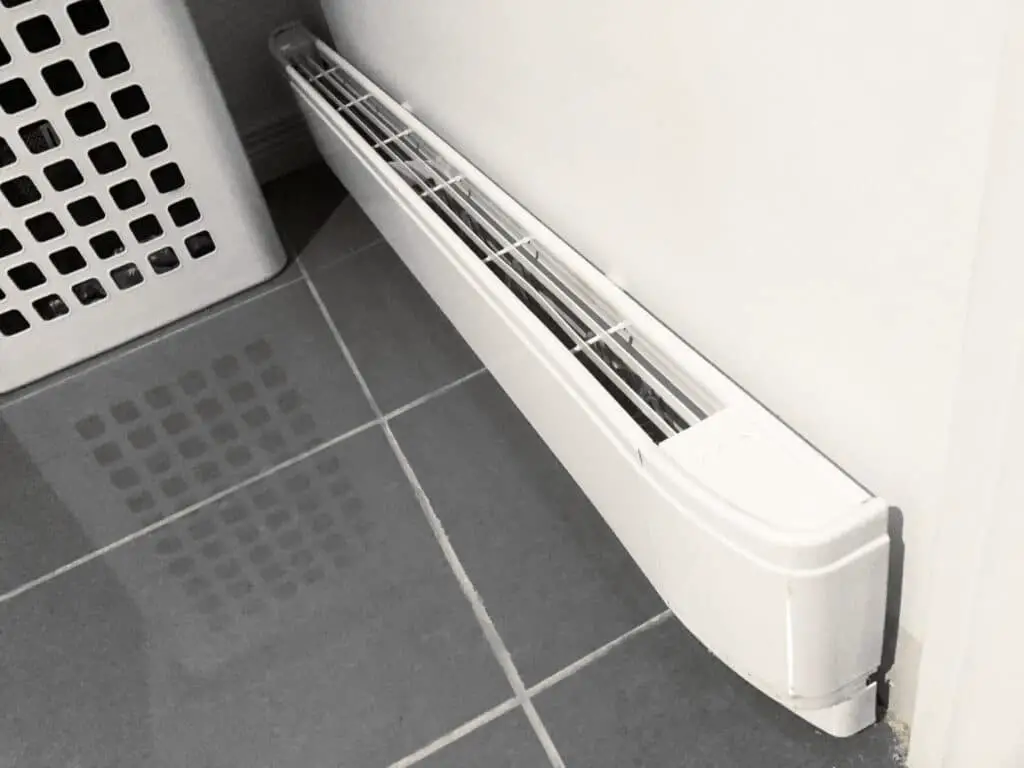
Conclusion
The location of the fuse in an electric baseboard heater can vary depending on the specific model and manufacturer. However, in most cases, the fuse can be found either inside the heater unit itself or in a separate fuse box located near the heater. It is important to note that tampering with the fuse or attempting to replace it without proper knowledge and expertise can be dangerous and may result in electrical hazards or damage to the heater.
If you are experiencing issues with your electric baseboard heater and suspect that a blown fuse may be the cause, it is recommended to consult the manufacturer’s manual or contact a professional electrician for assistance. They will be able to provide you with the necessary guidance and ensure that the fuse is replaced safely and correctly.
Additionally, it is worth mentioning that some electric baseboard heaters may not have a fuse at all. Instead, they may be equipped with a circuit breaker that automatically trips and shuts off the power in case of an electrical overload or short circuit. In such cases, resetting the circuit breaker may resolve the issue.



